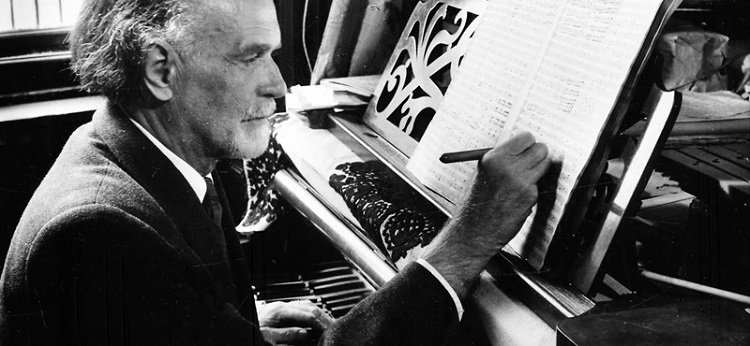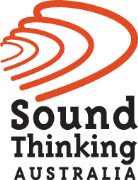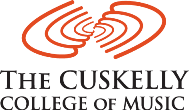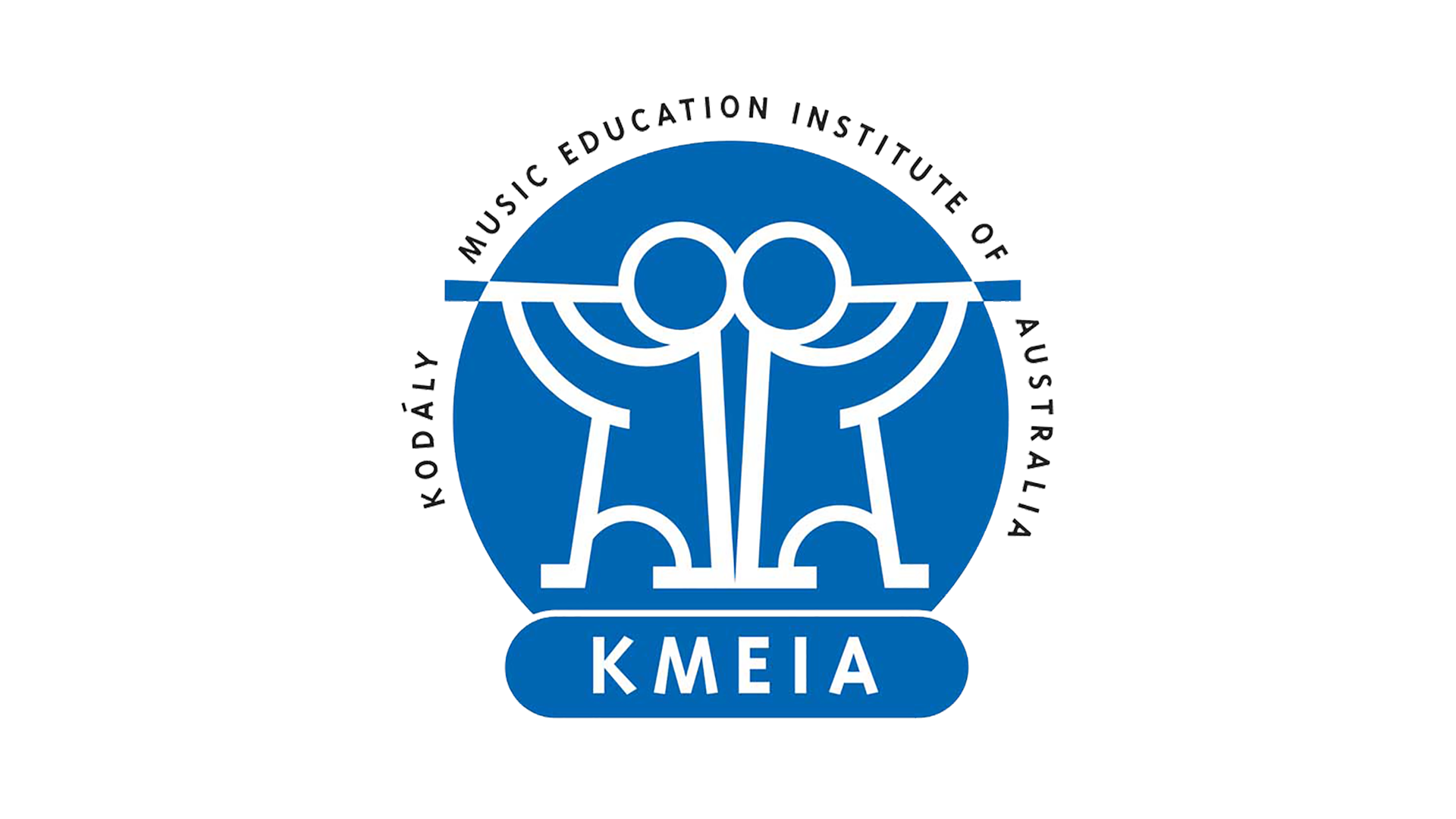A Kodály-inspired approach to music education
Zoltan Kodály
“a well-trained ear, a well-trained intelligence, a well-trained heart and a well-trained hand”
In my guitar, voice and musicianship lessons for young children, I use a Kodály-inspired approach. This is because as a teacher, I find this to be the most enjoyable, engaging and effective way to teach music to children.
We know that young kids learn very effectively through play, and the Kodály approach harnesses playfulness to accelerate learning, while fostering a love of music. Kids love it because they develop skills rapidly and experience success quickly through activities they find really fun.
Older children and adults also thrive on Kodály approaches.
I’ve been privileged to experience captivating teaching from many Kodály practitioners and I aim to bring as much magic, inspiration, enthusiasm, curiosity, rigour, compassion and love to my teaching as they do!
Who was Kodály?
Zoltan Kodály (1882-1967) was a Hungarian composer, ethnomusicologist and music educator. His philosophy of music education is based on the principles that:
every person is innately musical;
music develops a person intellectually, emotionally and spiritually;
every person has the right to a high quality music education delivered by high calibre teachers.
“It is the right of every citizen to be taught the basic elements of music, to be handed the key with which s/he can enter the locked world of music. To open the ear and heart of the millions to serious music is a great thing.”
What does it mean exactly to use a Kodály-inspired approach?
Kodály believed that teaching methods should reflect the way that children learn naturally: through singing, play, games, exploration and discovery, with musical concepts presented sequentially.
Kodály's method combined:
singing, which allows children to develop audiation (that is, hearing music in one's mind internally without making a sound);
repertoire, including folk music, art music and recently composed music;
reading and writing in music notation using existing strategies including relative solmization, Curwen hand signs and rhythm syllables; and
sequencing: an experience-based approach to learning that is aligned with the child's stage of development
What does this look like in lessons?
Whether students are learning to play guitar, taking voice lessons, or developing musicianship skills
We sing to internalise melodies, understand pitch relationships, develop aural skills (and because it’s fun!)
We use sol-fa (remember do, re, mi from the Sound of Music?) to understand melodic concepts and to develop audiation skills.
We use hand signs to represent melodic concepts physically with our bodies.
We move our bodies to internalise beat and rhythm concepts, and to experience tempo, articulation and dynamics (and because it’s fun!).
We use rhythm syllables to verbalise rhythms, which helps us play, analyse and notate rhythmic elements.
We play games that help students to practise musical skills including beat, pitch, rhythm, tempo and dynamics (and because it’s fun!).
We prepare, present and practise musical elements in a carefully structured sequence that aligns with the child’s developmental readiness.
We develop critical thinking skills by reading, writing and analysing music notation.
We follow a child’s interests and curiosity to engage them in ways that excite and inspire them.
Where can you study Kodály methodologies?
I am a member of Kodály Australia, whose local branches regularly run Australian Kodály Certificate training and other Kodály professional development.
I have also studied extensively with the Cuskelly College of Music and Sound Thinking Australia.
References and further reading
Choksy, L. (1999). The kodály method I: Comprehensive music education (3rd ed.). Prentice Hall.
Houlahan, M., Tacka, P., & ProQuest Ebooks. (2015). Kodály today: A cognitive approach to elementary music education (Second ed.). Oxford University Press.
Szonyi, E. (1973). Kodaly's principles in practice: On approach to music education through the kodaly method. Boosey & Hawkes.




